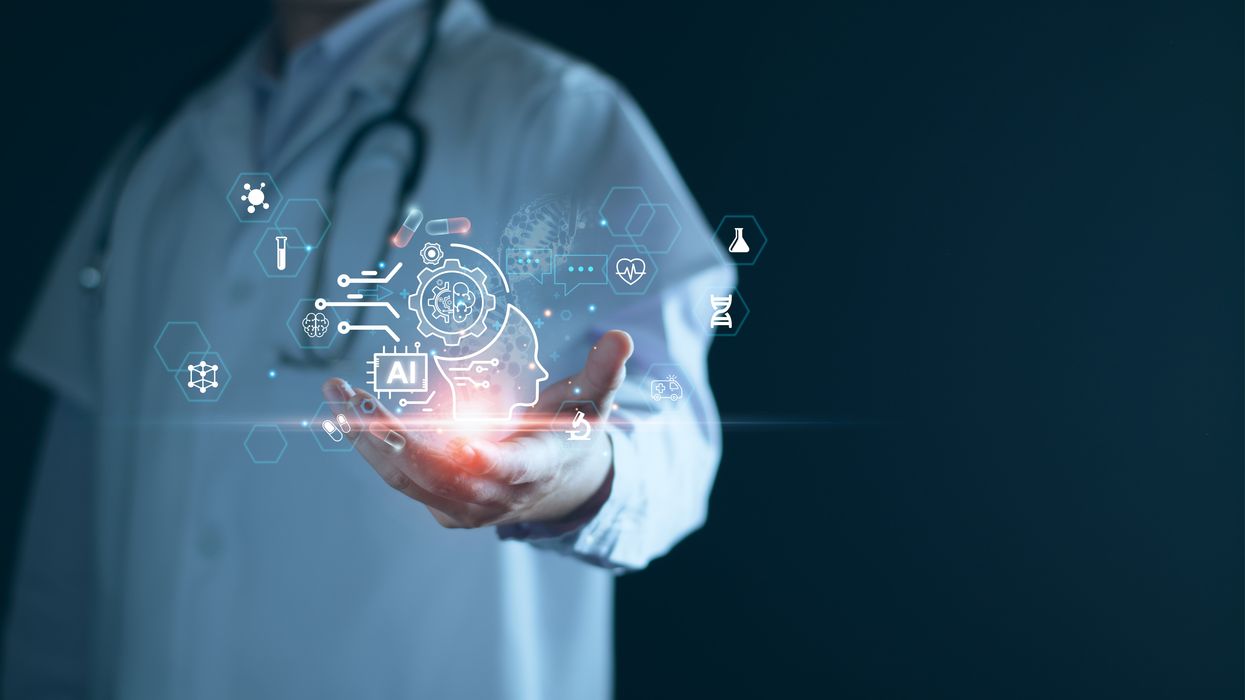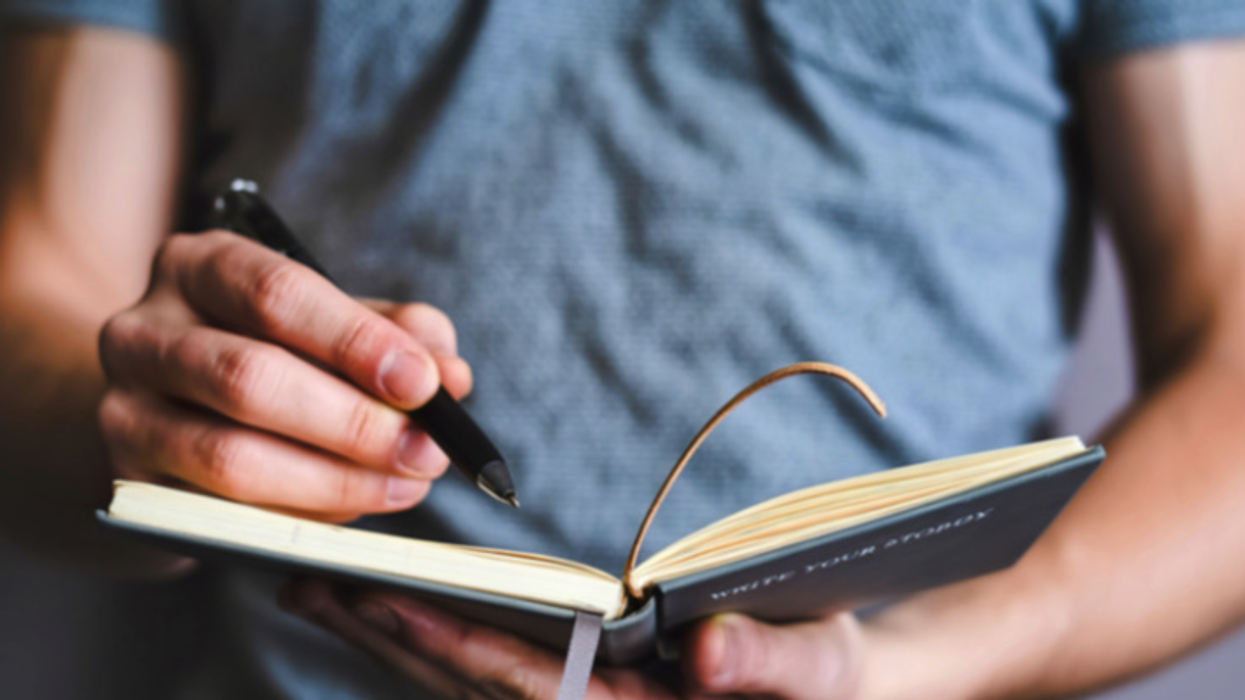Pearl, the author of “ ChatGPT, MD,” teaches at both the Stanford University School of Medicine and the Stanford Graduate School of Business. He is a former CEO of The Permanente Medical Group.
For years, patients have wondered why health care can’t be as seamless as other services in their lives. They can book flights or shop for groceries with a few clicks, yet they still need to take time off work and drive to the doctor’s office for routine care.
Two advances are now changing this outdated model and ushering in a new era of health care consumerism. With at-home diagnostics and generative artificial intelligence, patients are beginning to take charge of their health in ways previously unimaginable.
Patients can now bypass the doctor’s office and diagnose a range of medical conditions with home testing. Meanwhile, one in six Americans already use generative AI for medical advice. Together, these technologies are shifting health care away from the traditional, clinician-led model to one where empowered patients can make independent medical decisions.
But with this power comes responsibility. The shift to health care consumerism will require patients, doctors and government to assume new roles, ensuring people are protected and the medical profession remains sustainable into the future.
From Lab To Living Room: The Rise Of Patient Empowerment
The early days of Covid-19 showcased a stark contrast between what patients and clinicians expect from health care.
While doctors and public health officials prioritized PCR testing — accurate but uncomfortable and slow —patients flocked to antigen tests that were easier, faster and nearly as reliable.
Today, the preference for at-home testing is more entrenched than ever. Americans already use FDA-approved home tests for a wide range of conditions, from diagnosing urinary tract infections to confirming pregnancy. Home tests for cervical cancer and syphilis are now available, making it clear that patients will continue favoring the privacy and convenience of at-home options over the discomfort of doctor visits. Dozens more tests are soon to follow.
Generative AI is also gaining traction as patients become more comfortable using the technology to make health care decisions and choose the best treatments. A recent study found that chatbot responses to patient questions were rated four times higher in quality and nine times higher in empathy than those of doctors. As AI continues to improve — becoming 32 times more powerful in the next five years — consumers will increasingly trust it as a source of medical expertise.
These advancements will require fundamental changes to health care. The question is: How should doctors, patients and government officials approach medical care going forward?
Doctors Bear New Burdens In Consumer-Driven Medicine
Whether clinicians embrace it or not, health care consumerism is here. Patients now rank convenience in health care as more important than quality and even cost. This means doctors will need to adapt or risk losing patients to retail clinics and telemedicine platforms.
To respond to these changes, doctors must see home testing and AI not as threats, but as valuable tools to build a more collaborative relationship with patients.
For example, when patients receive a positive result from an at-home test for syphilis or cervical cancer, they are likely to feel a sense of urgency — even if immediate intervention isn’t medically necessary. Doctors who reserve time for same-day or next-day appointments will help build trust, minimize treatment delays and reduce the risk of complications.
Similarly, as patients increasingly use generative AI, they will come to their doctors not just with symptoms but often with a presumed diagnosis or suggested treatment plan. Given AI’s growing ability to match human diagnostic accuracy, clinicians will need to approach these AI-generated insights with an open mind. Rather than dismissing them or restarting the diagnostic process from scratch, doctors should integrate this information into their decision-making. And, when clinically appropriate, offering a same-day telemedicine consultation will help address patient concerns quickly while strengthening the doctor-patient relationship.
To a busy doctor — unaccustomed to this level of service — these changes might seem overwhelming. But with AI having already provided the likely diagnosis, the time required for doctors to confirm and treat the issue will be much shorter, helping to reduce appointment backlogs and streamline care.
The Responsibility Of The ‘Consumer Patient’
With patient empowerment comes responsibility. Patients embracing health care consumerism must be prepared to take greater accountability for their health. Here are three key steps.
- Knowledge: Patients should educate themselves on which at-home diagnostic tests are available and appropriate for their symptoms or screening needs. Similarly, they should familiarize themselves with generative AI platforms and test them with past medical encounters to gauge their accuracy.
- Expertise: Patients should compare home testing options with traditional lab tests. How accurate are at-home tests? Are errors likely to result in false positives or false negatives? Understanding these factors is essential to judging whether the convenience of at-home testing outweighs the risks.
- Planning: Don’t wait until a test result or AI diagnosis causes concern. Plan ahead. Who will you contact if a test raises red flags? Where will you go if AI suggests a serious issue? If you don’t have a personal physician, will you turn to telemedicine, urgent care or an online doctor?
A Shift In Government: From Regulator To Facilitator
Consumer-friendly health care tools allow patients to stay on top of preventive care, better manage chronic conditions and avoid unnecessary office visits. But for this shift to succeed, government agencies like the CDC and FDA must take on new roles, as well.
First, the government must support companies developing safe and secure consumer health tools, from at-home diagnostics to GenAI platforms. Second, it needs to ensure these tools are accessible to all Americans, regardless of their location or income. Finally, agencies must prioritize educating the public on how to use these technologies safely and effectively.
When done in collaboration with doctors and supported by government efforts, these tools will make health care more efficient and effective. Just as Amazon revolutionized shopping with speed and convenience, home testing and GenAI will drive consumerism in medicine. The combination of engaged clinicians, empowered patients and advanced technology will be far more powerful than any of these alone.
The consumerism train has left the station. It’s time for doctors, patients and the government to get onboard.




















